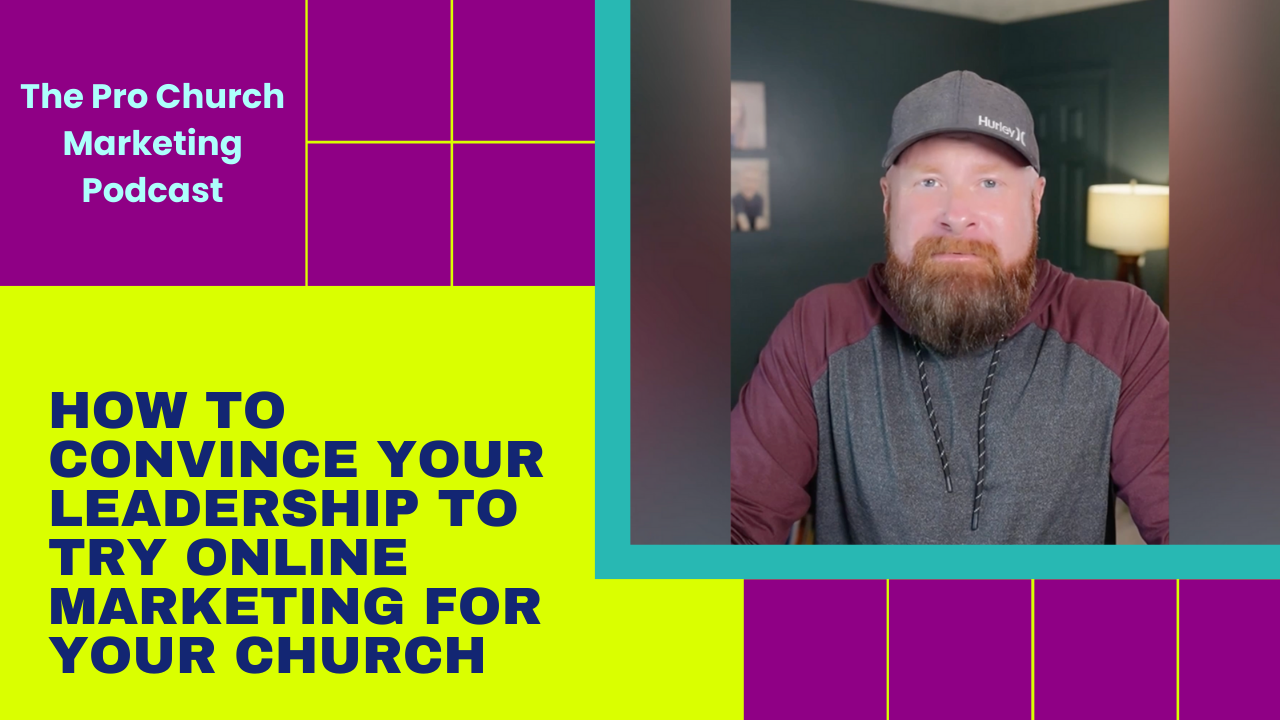Leveraging Social Media to Grow Your Church Community and Spread Your Message
As technology continues to reshape the way we connect and communicate, harnessing the power of social media has become integral in growing faith-based communities and spreading their powerful message. With an increasingly interconnected world, it's imperative for churches to join the digital conversation and not only share their mission but also create a virtual space where members can connect, support one another, and deepen their faith,
In this insightful article, we will delve into the essentials of using social media platforms, such as Facebook, Instagram, and Twitter, to expand the reach of your church, encourage engagement, and strengthen your congregation's sense of belonging. We'll cover practical tips, best practices, and time-tested strategies to help you navigate the world of social media with confidence.
1. Understanding the Unique Benefits and Challenges of Social Media Platforms
Different social media platforms cater to different user demographics and offer distinct features for communication. Here's an overview of three popular platforms that can benefit your church:
- Facebook: With over two billion monthly active users, Facebook is an ideal platform for connecting with a diverse audience while sharing updates, event information, and live-streaming services. However, staying up-to-date with the platform's frequent changes in algorithms and advertising rules can be challenging.
- Instagram: This visually-based platform allows your church to connect with members and new visitors through eye-catching images, short videos, and Instagram Stories. Keep in mind that Instagram users typically skew younger, which may affect the types of content you create.
- Twitter: Known for its short, real-time updates, Twitter is great for sharing church news, announcements, and thought-provoking quotes. Building a substantial following may take time, and competing with the vast volume of daily tweets can be a challenge.
2. Crafting Share-Worthy Content for Each Social Media Platform
Creating engaging and relevant content tailored to each platform is crucial for capturing and maintaining your audience's interest. Here are some content ideas and best practices for each platform:
- Facebook: Post inspiring quotes, intriguing questions, and Scripture passages along with high-quality images. Share church news, event announcements, and live-streamed services. To increase engagement, respond to comments and encourage members to share your posts.
- Instagram: Share beautiful photos of your church, community events, and members in action. Use Instagram Stories to share behind-the-scenes moments, and IGTV for longer video content. Engage with your audience by asking questions and encouraging direct messages.
- Twitter: Use this platform to share concise, timely updates, interesting facts, and thought-provoking quotes. Connect with users through hashtags and by participating in relevant conversations. Retweet content from other faith-based accounts to build relationships and show your church's support.
3. Fostering Two-Way Communication on Social Media
A sense of belonging within your online community requires open communication. Nurture a dynamic relationship with your audience through these strategies:
- Encourage Engagement: Prompt your audience to interact with your content by asking questions, posting polls, and providing opportunities for discussion.
- Respond to Comments and Messages: Prioritize interacting with your audience by responding to comments, messages, and feedback in a timely and genuine manner.
- Show Appreciation: Acknowledge and express gratitude for your community's engagement – like and share their posts, and celebrate their achievements.
4. Monitoring and Optimizing Your Social Media Strategy
Regularly evaluating and adjusting your social media strategy ensures ongoing growth and success. Implement these tactics to refine your approach:
- Track Metrics: Monitor your engagement, reach, and follower growth to gauge your strategy's effectiveness. Use analytics tools provided by each platform to gain insights and identify areas for improvement.
- Identify Trends: Stay informed about social media trends and utilize them creatively, ensuring that your church stays current and relevant.
- Conduct Regular Check-ins: Schedule periodic reviews of your social media strategy and adjust your goals, content calendar, and tactics as needed.
Final Thoughts
Harnessing the power of social media for your church requires understanding each platform's unique benefits and challenges, crafting engaging and platform-specific content, fostering two-way communication, and monitoring your social media strategy for ongoing growth.
By implementing these best practices, your church will effectively use social media to connect with its community, deepen relationships, and spread your inspiring message.
As experts in social media marketing and management, we're dedicated to helping faith-based organizations like yours engage their members and grow their online presence. Reach out to us at Faithworks Marketing to get started with
Church social media management!
Jono Long
Digital Marketer for 10 years. Formerly a Youth Pastor for 21 years.
Read Full Bio

Latest Posts



Get In Touch
Contact Information
Our Location
PO Box 1729 Monroe GA 30655
Send Us A Message
Call Us Today
Business Hours
All Rights Reserved | Faithworks Marketing







